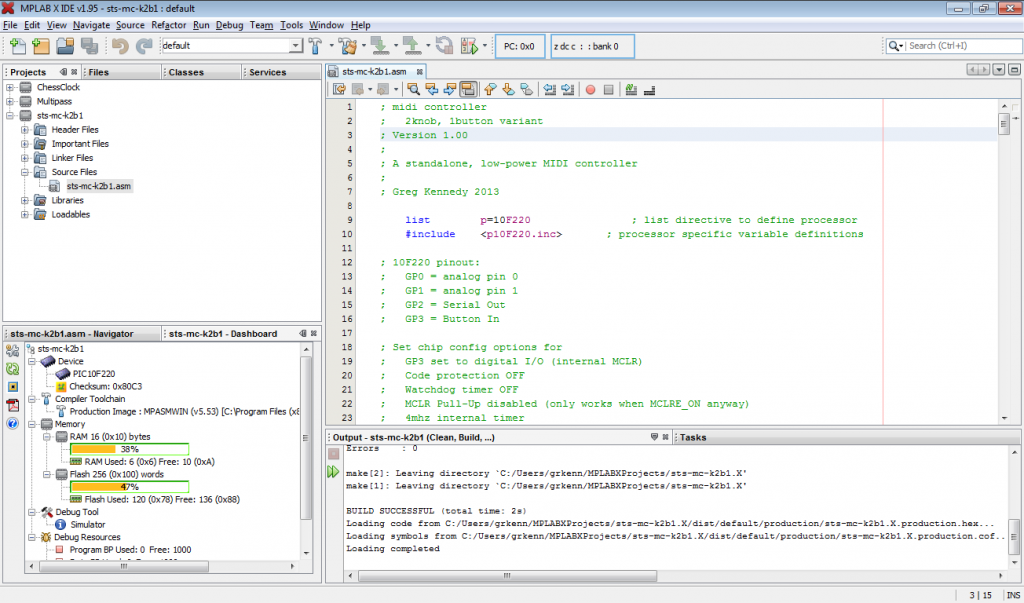
A user in the Nectarine Discord brought an interesting question recently: they had some Youtube videos of cracktros from Playstation games, and wanted to know if anyone could identify their soundtracks. For those unaware, a “cracktro” is a combination of a “crack” (piracy) and an “intro” (demoscene) – it’s a little movie or menu that plays at the start of a hacked / pirated game, usually with credits and simple visual effects. It’s a calling card from the group who helped pirate the game, often with “greetz” to the supplier of the disc image, the coder who cracked it, the BBS or site who re-hosted the result, etc.
Cracktro soundtracks are usually an oldschool chiptune or lo-fi soundtrack in “module” format. Originally created on the Amiga computer, .mod audio files are very small, similar to a MIDI with bundled sound samples. They are well-suited to cramming into a tiny executable, which must fit on the CD along with the pirated game. Sometimes the musician gets credited, but other times it’s a mystery. MOD files don’t have a place to write the artist or other info, only the title and instrument names. Because of the unknown provenance of the files, ripped from games or BBS posts or musicdisks full of sounds, sometimes the original credits are lost or incorrect.
Back to the Playstation games. There was a short list of videos that needed help to track them down, but eventually we got them all figured out. Every one of these was from the group “Paradox”, a console cracking and piracy group who released a number of titles in the early 2000s. Here’s how we figured them all out:
Continue reading



